Advertisement
What You Need To Know About The New Mass. Climate Law
Resume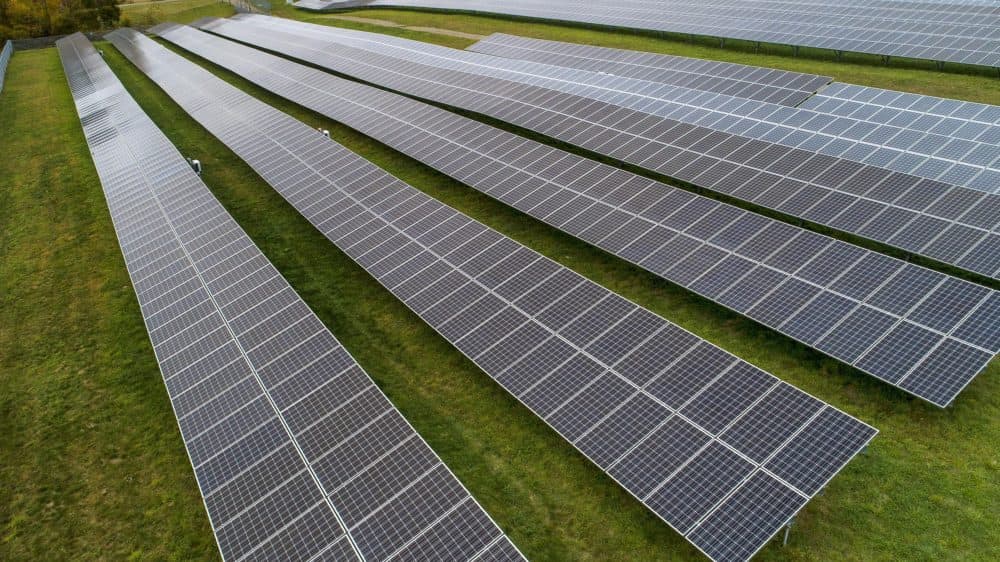
Gov. Charlie Baker signed a sweeping climate bill into law on Friday, signaling a new era in Massachusetts’ plans to cut greenhouse gas emissions, build a greener economy and prioritize equity and environmental justice.
The new law, "An Act Creating a Next Generation Roadmap for Massachusetts Climate Policy," represents the most significant update to climate policy in the Commonwealth since the landmark 2008 Global Warming Solutions Act. And with hundreds of statutory updates and changes, it tackles a lot — everything from solar panels and offshore wind to new building codes and regulatory priorities for state agencies.
Climate and energy policy can be confusing and full of jargon, but here — in simple English — is what you need to know about what’s in the new law:
1. Sets Ambitious Statewide Goals For Greenhouse Gas Emissions
Under the new law, the state must achieve what’s known as “net zero” emissions by 2050. This means the total amount of greenhouse gases we put into the atmosphere must be balanced by what we can remove. In practice, however, because we don’t have many ways to remove atmospheric carbon, this mandate means we need to drastically cut emissions by electrifying everything and cleaning up the power sector.
In addition to this 2050 target, the law also stipulates two interim benchmarks: by 2030, emissions must be 50% lower than they were in the state in 1990, and by 2040, they need to be 75% lower.
2. Requires Emission Reduction Targets For Six Sectors
As the legislature and governor negotiated this final law, one big sticking point was whether there should be specific five-year emission reduction goals for each of six so-called “high-priority” sectors: electricity, transportation, commercial and industrial buildings, residential buildings, industrial processes, and natural gas distribution.
While most legislators felt these targets were important for transparency and accountability, Baker said they were too prescriptive and could subject the administration to unnecessary legal challenges should it fail to meet one of these goals. He also argued that because some sectors are a lot harder and more expensive to decarbonize than others, mandating these sector targets could hamper flexibility and distract from the main goal of reducing statewide greenhouse gas emissions.
There was a lot of debate about whether the sublimits should be legally binding, and in the final version of the law, they are. That said, there is a narrow exception: if the state meets its overall targets during a given five-year period, it won't be punished for underperforming in one or two sectors.
“We felt it was very important to use those sectors for planning purposes,” Energy and Environmental Affairs Secretary Kathleen Theoharides said. “But you really do want to chase the most cost-effective emission reductions first so that the impact that residents and businesses and communities feel across the Commonwealth is as as low as possible.”
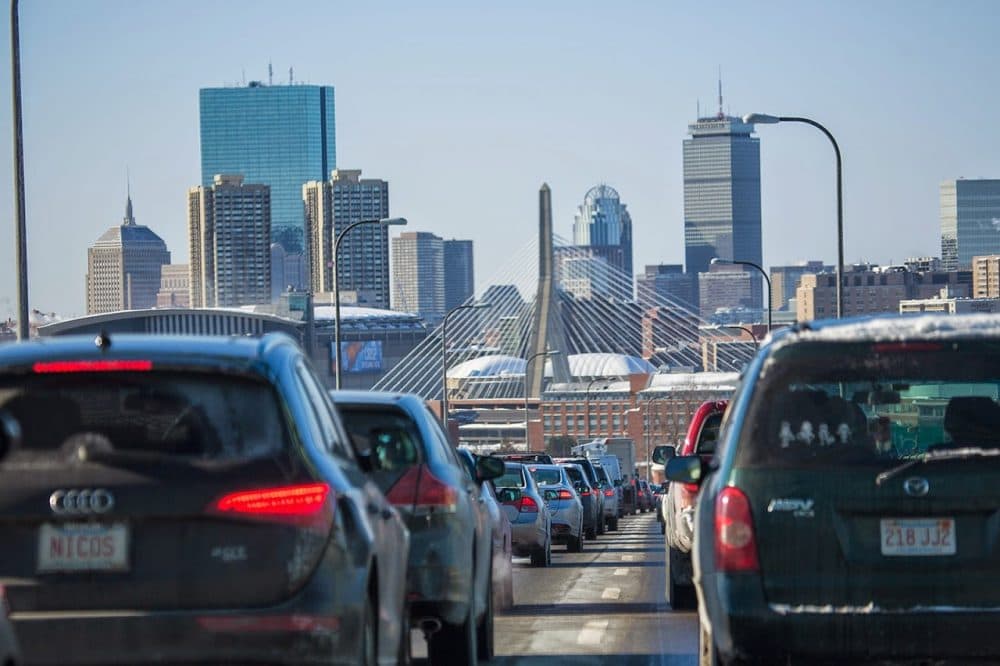
3. Codifies Environmental Justice Language Into Law
Up until now, environmental justice (EJ) policy in Massachusetts has been created through executive orders, meaning it has been subject to change with every new administration. Now, for the first time, the state has written a number of important definitions and processes into law.
We have a new definition of what constitutes an EJ community that's based on race, income, and English language-proficiency criteria — a definition that reduces the overall number of census blocks in the state classified as EJ neighborhoods and allows the state to put more focus on, and resources towards, overburdened communities.
The climate law also attempts to remedy some long-standing criticisms about the way the state reviews and approves new development, infrastructure and energy projects in EJ neighborhoods. It creates new standards for meaningful public participation in the decision-making process and establishes a new environmental justice advisory council that will work closely with the state’s Energy and Environmental Affairs secretary.
Another important change has to do with how the state calculates the environmental impacts of any given project proposal. In the past, agencies have taken a narrow view of “environmental burdens,” assessing only whether the emissions associated with a project exceed air, water or soil pollution limits. Under the new law, agencies will be required to look at total or “cumulative impacts” — how any pollution from a proposed project adds to already-existing pollution. The goal is prevent environmental and industrial burdens from piling up in certain neighborhoods.
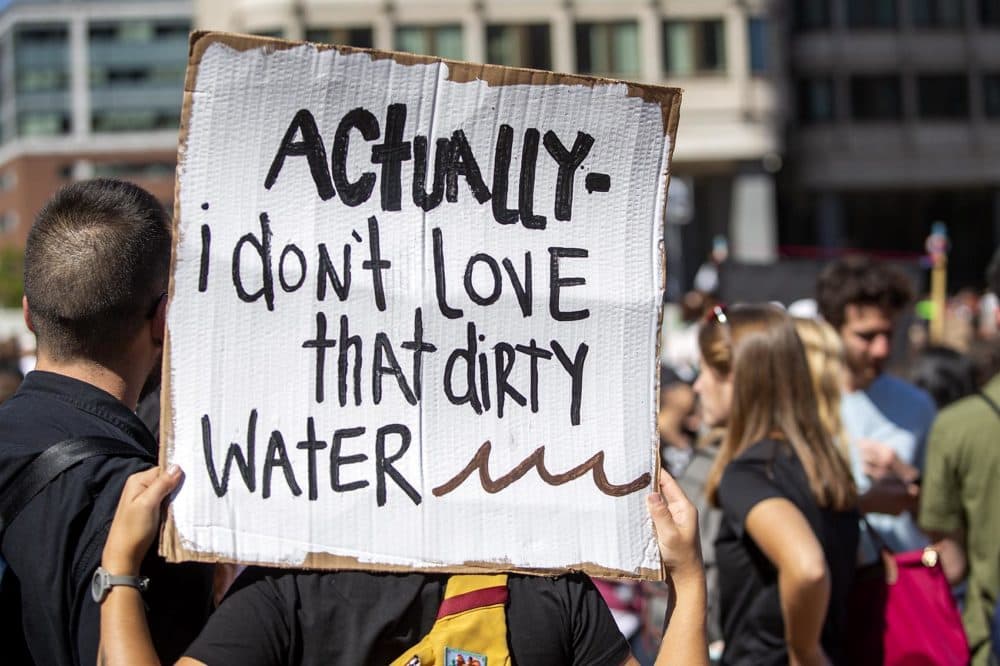
4. Legislates New Opt-In Municipal Stretch Code
In Massachusetts, we have state-wide building codes that include a certain set of energy efficiency standards. A number of years ago, some cities and towns said that they wanted to go further and require more efficient buildings. To allow this, the legislature created the so-called “stretch code,” a new, optional set of higher efficiency standards. Fast forward to today, and the climate law is taking this a step further and creating an even more efficient stretch code – this time for buildings with net-zero emissions.
The stretch code provisions were a sticking point between the legislature and governor early on, but through negotiations, both sides have come to an agreement. As stipulated in the new law, the Department of Energy Resources will take some time to study and come up with definitions for “net zero buildings” and “net zero building performance standards.” The public will have the opportunity to weigh in on this process, and after 18 months, the agency is supposed to announce the new stretch code provisions.
It remains to be seen exactly what the stretch code will allow, but it seems unlikely that it will enable cities and towns to outright ban natural gas hookups in new buildings.
5. Updates Priorities For The Department Of Public Utilities.
The Department of Public Utilities (DPU) regulates and oversees the state's electric and natural gas utilities; it’s the sort of agency that often doesn’t get a ton of public attention, but is central to whether we meet our climate goals. In the past, the DPU’s main priorities have been safety, reliability and affordability. But now, security, equity and reducing greenhouse gas emissions have been added to the list. (“Equity” in this context means that the cost of upgrading infrastructure won’t fall disproportionately on those least able to afford it.)
“It’s disturbing to think that the most important agency in Massachusetts state government affecting climate policy did not have climate [considerations] within its set of responsibilities,” said state Sen. Michael Barrett, one of the chief architects of the new law. “Getting those six co-equal priorities in balance with one another is going to be real work, but it has to start.”
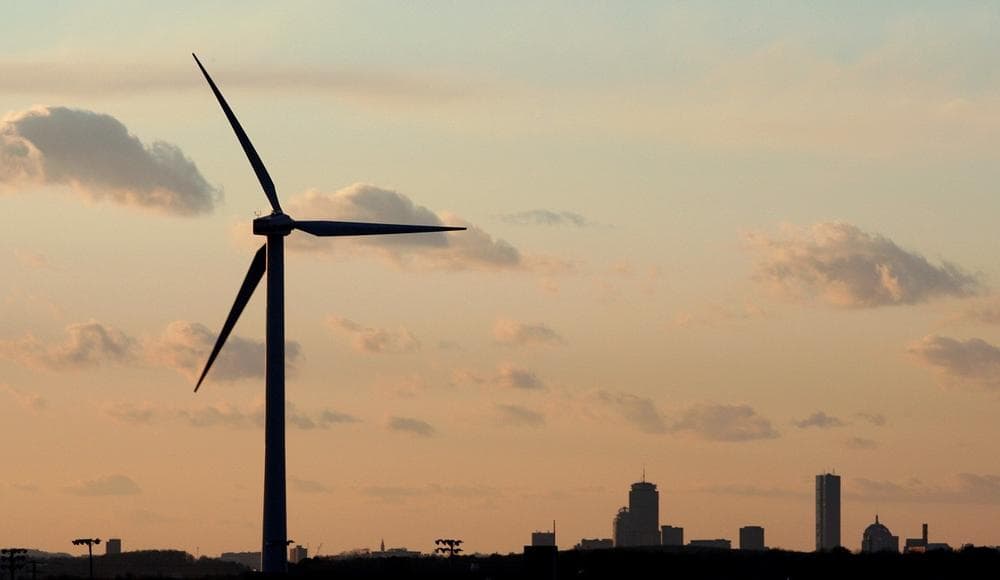
6. Increases Demand For Renewable Energy
Under the new law, utilities like National Grid, Eversource and Unitil will have to purchase ever-increasing amounts of renewable energy. Starting in 2025, they’ll need to increase their “renewable energy portfolio” by at least 3% every year. This means that in the future, when you turn on your air conditioner or charge your smartphone, more of that power will be clean and fossil-free.
The new law also provides a boost to offshore wind. It requires that utilities secure an additional 2,400 megawatts of wind power, raising the state’s total procurement level to 5,600 megawatts. (For perspective, the two offshore wind projects near Martha’s Vineyard that are likely to come online in the next few years are each about 800 megawatts.)
7. Encourages Utilities To Get Creative
As Massachusetts raises the bar for clean energy, natural gas utilities are going to have to follow suit. A lot of the future technology we’ll need exists, but it’s often expensive and challenging to install. The climate law aims to reduce regulatory burdens and financial risk for utilities willing to experiment with innovative clean energy technologies – a pilot program to install geothermal heat pumps, for example.
8. Establishes Renewable Energy Goals For Municipal Light Plants
While most electricity in Massachusetts is distributed by investor-owned utilities like National Grid and Eversource, about 14% of the market is operated by municipal light plants — sometimes called MLPs or “MUNIs.” There are 40 MLPs in the state, and they are essentially mini utilities that serve a specific city or town.
Unlike the investor-owned utilities, however, MLPs have never had requirements about purchasing renewable energy. The climate law changes that. It requires MLPs purchase 50% of their power from “non-carbon emitting” sources by 2030, and get to net-zero emissions by 2050.
(Earlier this year, there was some confusion about whether these new renewable energy targets for MLPs would kill a proposed wood-burning biomass plant in Springfield. It will not. Check out our explainer to see why.)
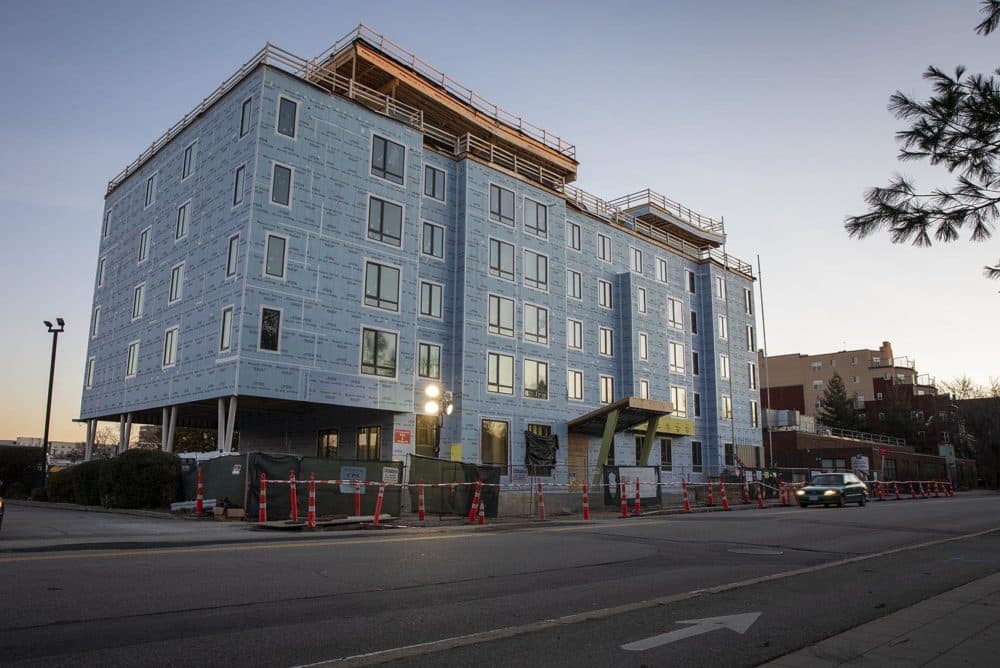
9. Changes MassSave's Priorities
You may be familiar with MassSave – it’s the state energy efficiency program that sends auditors to your home to assess the quality of your windows and insulation, and give you more efficient light bulbs. Traditionally, MassSave’s prime focus has been energy efficiency, but moving forward, the program will need to put more emphasis on reducing emissions as well.
Here’s a real life example of what that could look like: Let’s say your home is heated with natural gas and it’s time to replace your furnace. Instead of just incentivizing you to buy a more efficient, new gas furnace, MassSave might point you toward an emission-free option, such as a ground-source heat pump.
10. Sets New Energy Efficiency Standards for Appliances
To help meet our climate goals, Massachusetts will adopt California’s strongest-in-the-nation energy efficiency standards for household appliances. The new law doesn’t mean you have to get rid of your current washing machine or microwave, but when the time comes to buy new ones, you’ll have to purchase higher efficiency models.
The industry trend nation-wide is toward more energy efficient appliances, so it’s unclear whether the energy-saving dishwasher you might buy in the future will actually cost a lot more upfront, but it will certainly lower your energy bills in the long run. In fact, according to a study from the nonprofit Environment Massachusetts, these new standards will save Massachusetts residents $282 million in electricity bills a year by 2035.
11. Creates Electric Vehicle And Charging Station Targets
While the law doesn’t explicitly make it easier or cheaper for you to get an electric vehicle (EV), it sets the stage for a more EV-friendly future. The law says the governor must set numerical benchmarks for the number of EVs we need to have on the road by a given year, and then establish rebate or other incentive programs so we can meet it.
Importantly, the bill also requires that the governor set charging stations targets. Right now, many people suffer from "range anxiety” – a fear that they won’t be able to charge their car's battery on a long drive. By building more charging stations throughout the state, the law aims to make EVs more practical and desirable for residents.
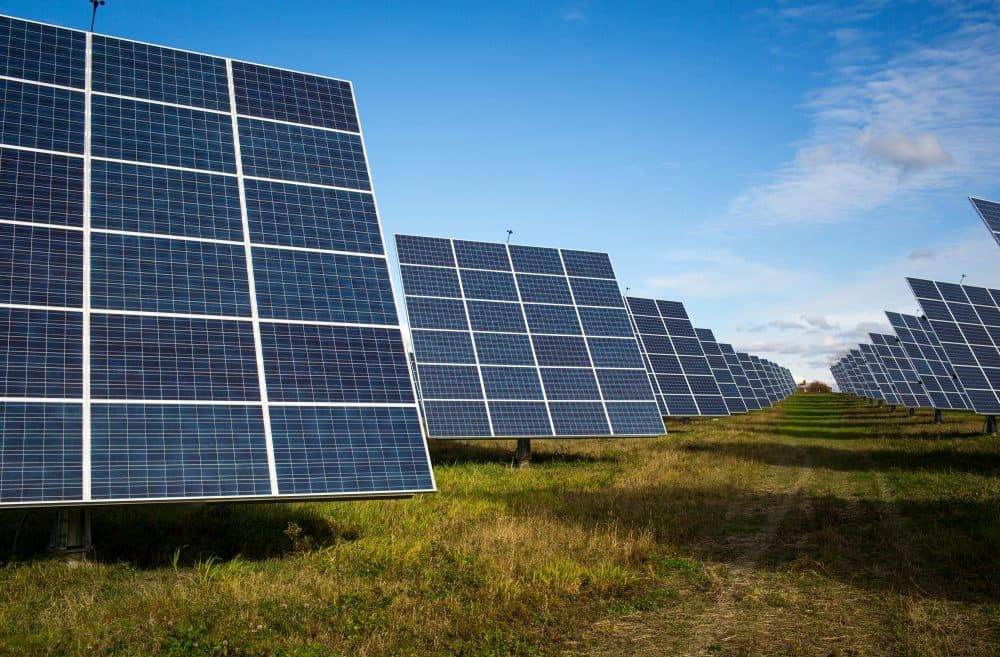
12. Encourages More Solar Power
When it comes to solar power, the new law covers a lot of ground. It makes it easier for people to participate in community solar projects, sets up a new grant program to help nonprofits afford solar panels and changes state rules so that businesses or buildings with a lot of solar panels can more easily sell their excess energy back to the grid.
To date, lower income and minority neighborhoods have fewer solar panels than wealthier white neighborhoods – this is true even after adjusting for home ownership levels and income. The architects of the climate law wanted to fix this disparity, so they wrote new rules for the state’s solar incentive program, SMART. Now, the Department of Energy Resources, which oversees the SMART program, is statutorily required to prioritize solar installation on the roofs of low-income households, and it must make the SMART program — or any future solar incentive program — easier to sign up for.
13. Strengthens Clean Energy Job Training Programs
As Massachusetts works to build a new green economy, we’re going to need to teach a lot of people how to build and operate wind turbines, install solar panels, weatherize buildings, or do any other number of necessary jobs. To that end, the law increases the annual budget for the Massachusetts Clean Energy Center (MassCEC), the quasi-public economic development agency.
MassCEC is supposed to spend $12 million more each year on clean energy workforce development. This should mean creating more job training opportunities for minority groups, residents of environmental justice communities and fossil fuel workers, and awarding more grants to minority and women-owned small businesses.
